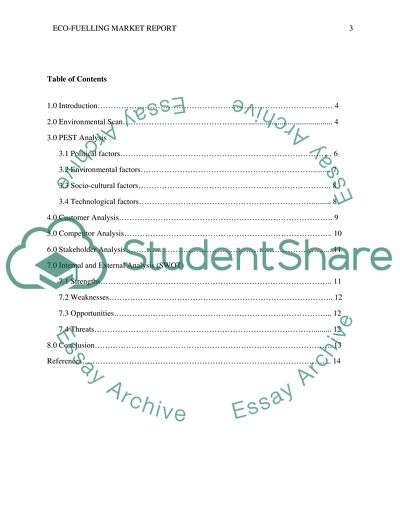Cite this document
(“Eco fueling marketing report Research Paper Example | Topics and Well Written Essays - 4000 words”, n.d.)
Retrieved from https://studentshare.org/marketing/1394196-eco-fueling-marketing-report-two-parts
Retrieved from https://studentshare.org/marketing/1394196-eco-fueling-marketing-report-two-parts
(Eco Fueling Marketing Report Research Paper Example | Topics and Well Written Essays - 4000 Words)
https://studentshare.org/marketing/1394196-eco-fueling-marketing-report-two-parts.
https://studentshare.org/marketing/1394196-eco-fueling-marketing-report-two-parts.
“Eco Fueling Marketing Report Research Paper Example | Topics and Well Written Essays - 4000 Words”, n.d. https://studentshare.org/marketing/1394196-eco-fueling-marketing-report-two-parts.


